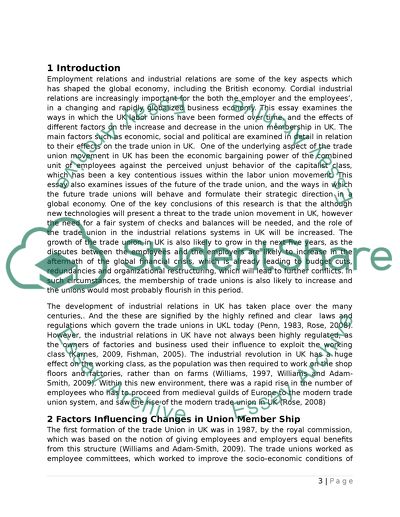Cite this document
(“Trade Union Density Assignment Example | Topics and Well Written Essays - 2500 words”, n.d.)
Retrieved from https://studentshare.org/family-consumer-science/1423532-trade-union-density
Retrieved from https://studentshare.org/family-consumer-science/1423532-trade-union-density
(Trade Union Density Assignment Example | Topics and Well Written Essays - 2500 Words)
https://studentshare.org/family-consumer-science/1423532-trade-union-density.
https://studentshare.org/family-consumer-science/1423532-trade-union-density.
“Trade Union Density Assignment Example | Topics and Well Written Essays - 2500 Words”, n.d. https://studentshare.org/family-consumer-science/1423532-trade-union-density.


